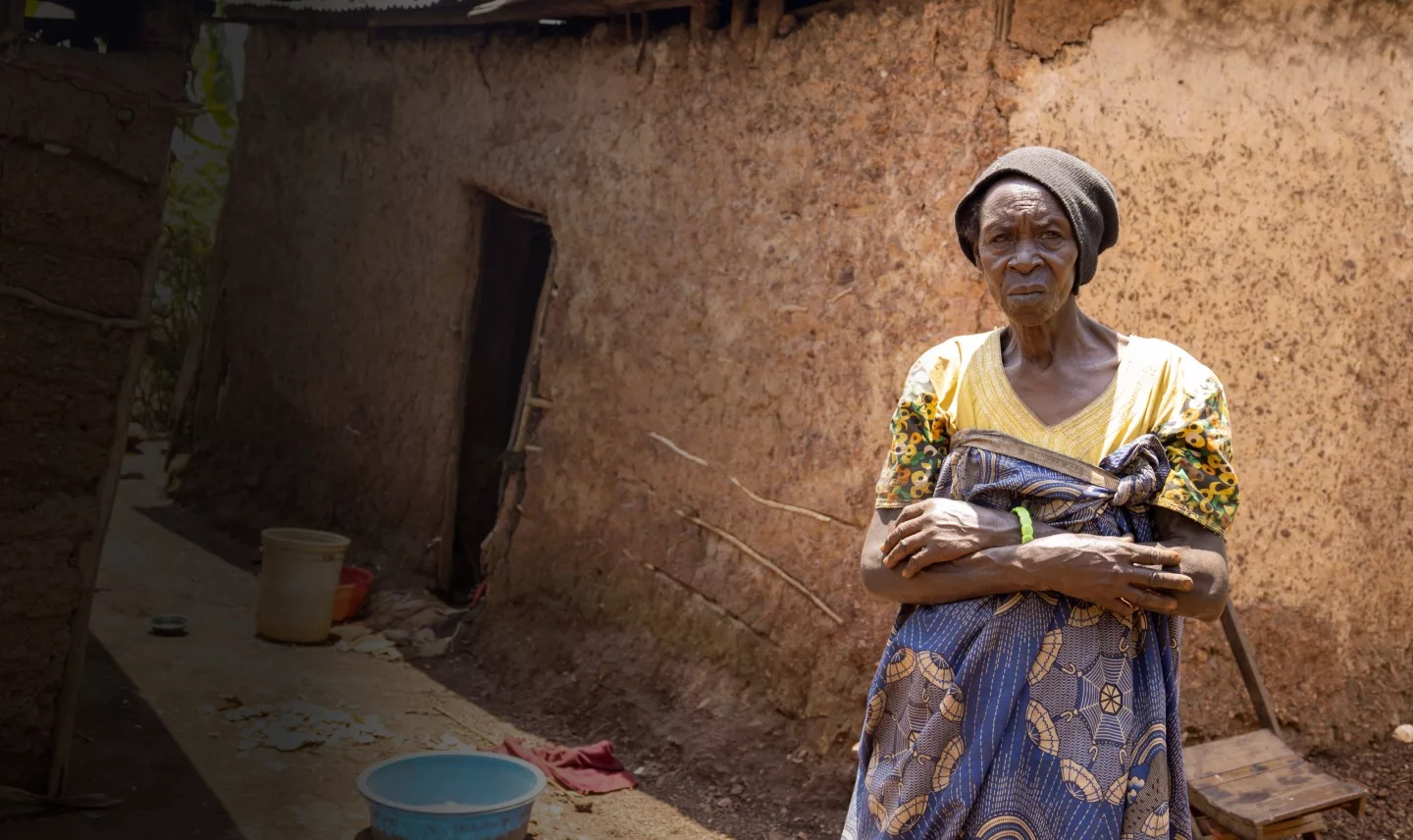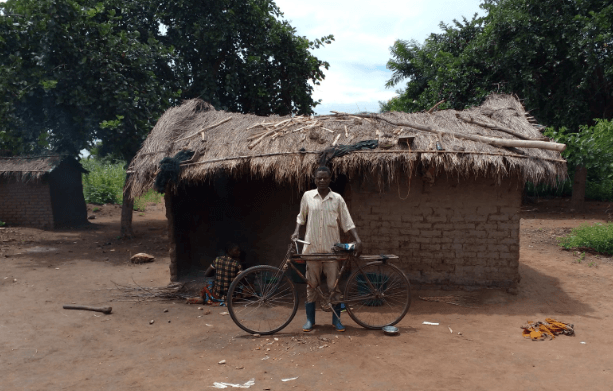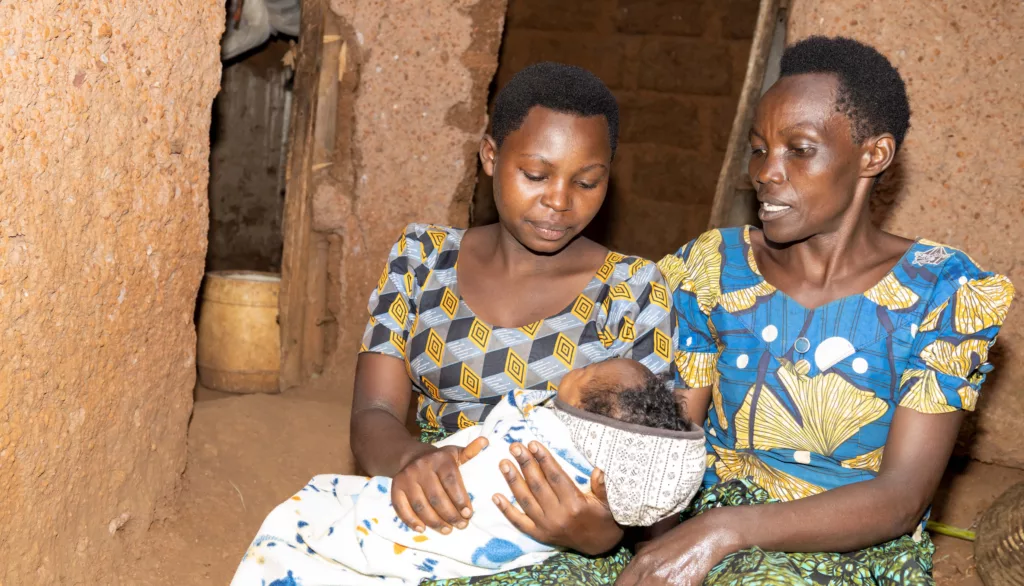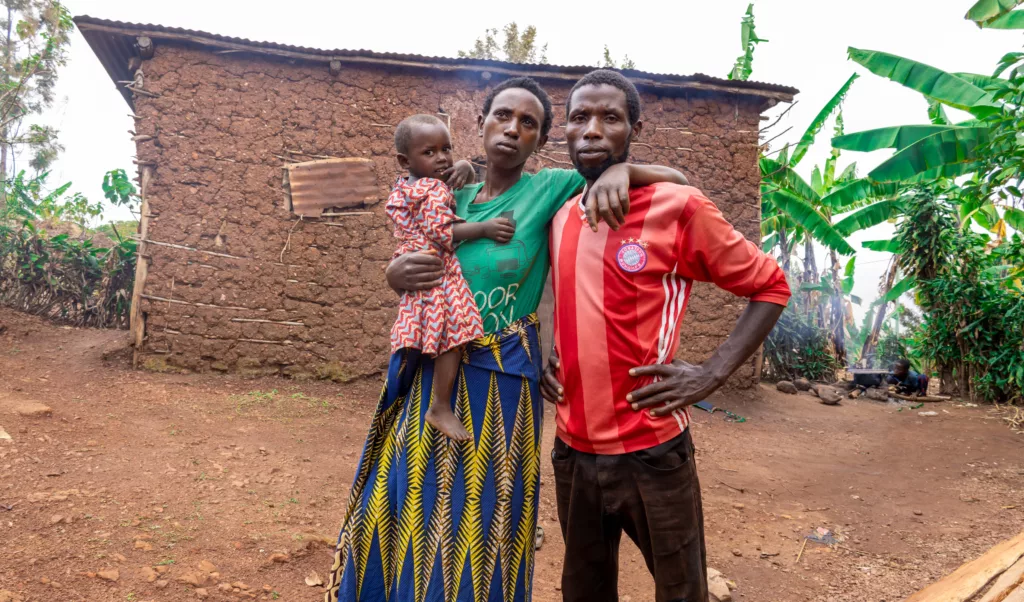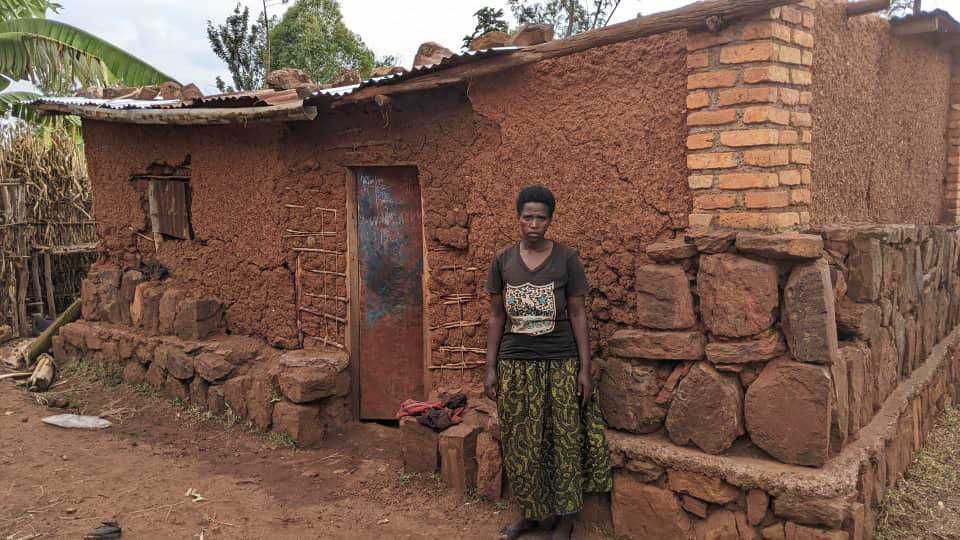Even as the world prospers, the poorest are left behind.
Overall, extreme poverty has fallen with the growth in global GDP over the past 30 years. But in Africa, the number of people in extreme poverty has only risen.
The continent now hosts 63% of the world’s poor, compared to just 15% in 1990.
Despite $1.1 trillion in foreign aid to the region over the past 30 years, 1 in 3 people in sub-saharan Africa still have to survive on less than $2.15 per day.
In part, progress has stalled because the large share of money meant to lift people out of poverty does not go directly to them, but rather to consultants or goods. Too often “experts” have told us everyone just needs chickens, laptops, or water pumps, top-down solutions that have simply not worked.
Decades of ‘tried-and-true’ solutions haven’t worked.
Despite $1.1 trillion in foreign aid to the region over the past 30 years, 1 in 3 people in sub-saharan Africa still have to survive on less than $2.15 per day.
In part, progress has stalled because the large share of money meant to lift people out of poverty does not go directly to them, but rather to consultants or goods. Too often “experts” have told us everyone just needs chickens, laptops, or water pumps, top-down solutions that have simply not worked.
Traditional Aid Model
vs
Direct Cash Model
We can accelerate the end of poverty with cash.
There’s a simple way to help people without money: give them money.
Not a loan, but a direct cash grant with no strings attached. Cash gives families like Verena’s the agency and capital to meet their individual needs, rather than guessing for them.
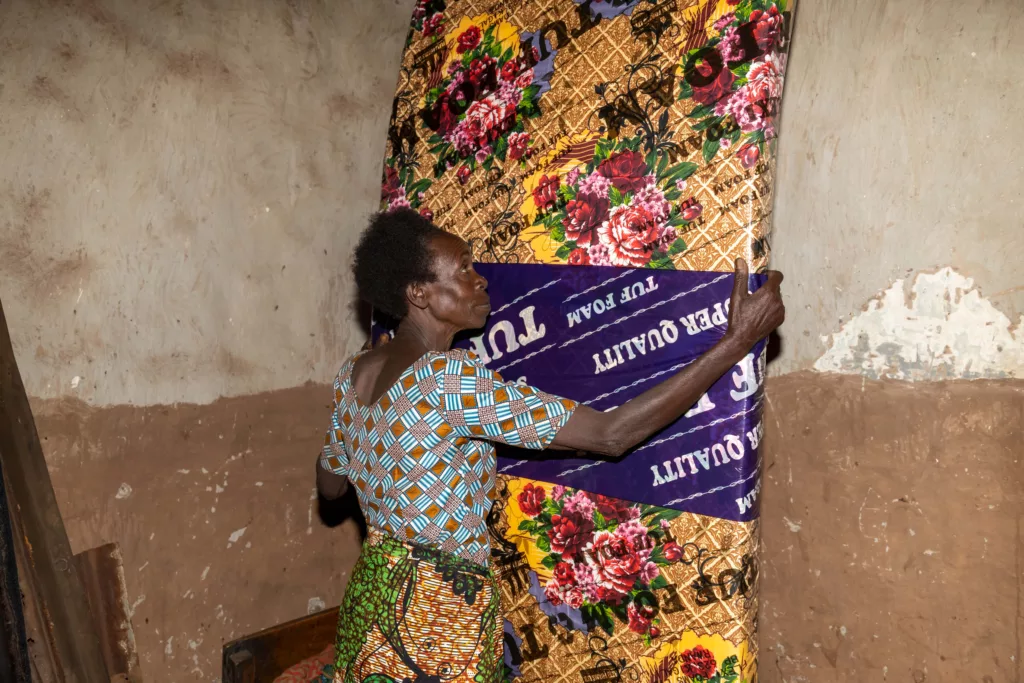
Hundreds of academic studies find people in poverty use these funds to improve their health, education, income, self-reliance, and more.
And these results are sustained years into the future.
When people spend their cash, something remarkable happens: it multiplies.
Because people spend this money locally buying goods, starting businesses, visiting clinics, or going to school, the local economy can grow by 2.5x what you give.
$100 billion – that’s the theoretical amount needed to move everyone below the extreme poverty line above it in a year.
Living above $785/year is not luxury; it’s simply not deprivation. Eradicating extreme poverty is not a high bar; it’s the lowest, and one the world could already afford to clear.

Let’s put our money into the hands of those who need it.
GiveDirectly cannot end extreme poverty alone, but we do have the capacity to absorb and deliver billions more each year.
- Donate: Every donation is impactful, even small ones, as they add up to reach more people in need. They also show decisionmakers there’s popular support for trusting people in poverty.
- Invite others to give: Mobilize others by sharing this page or taking other cost-free actions.

